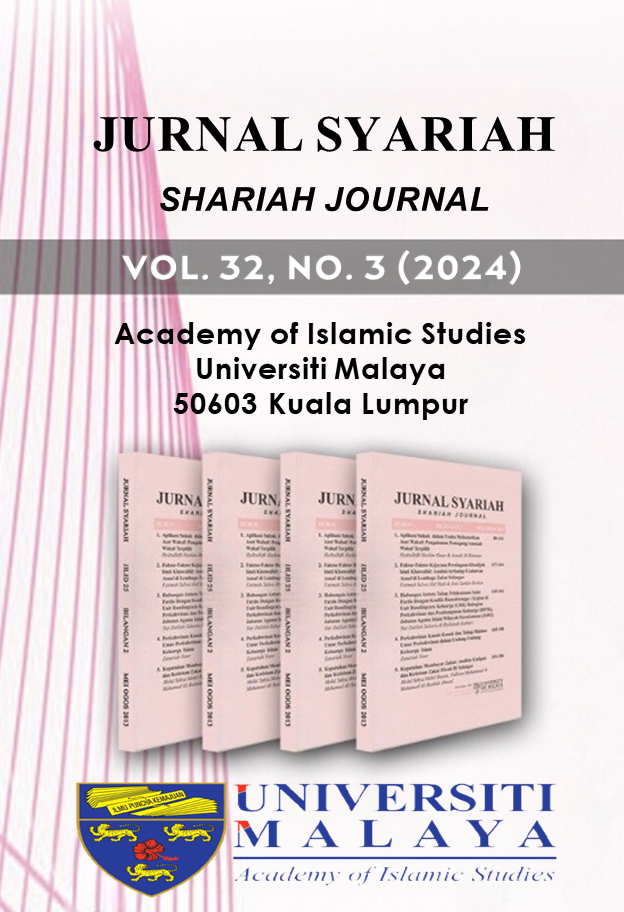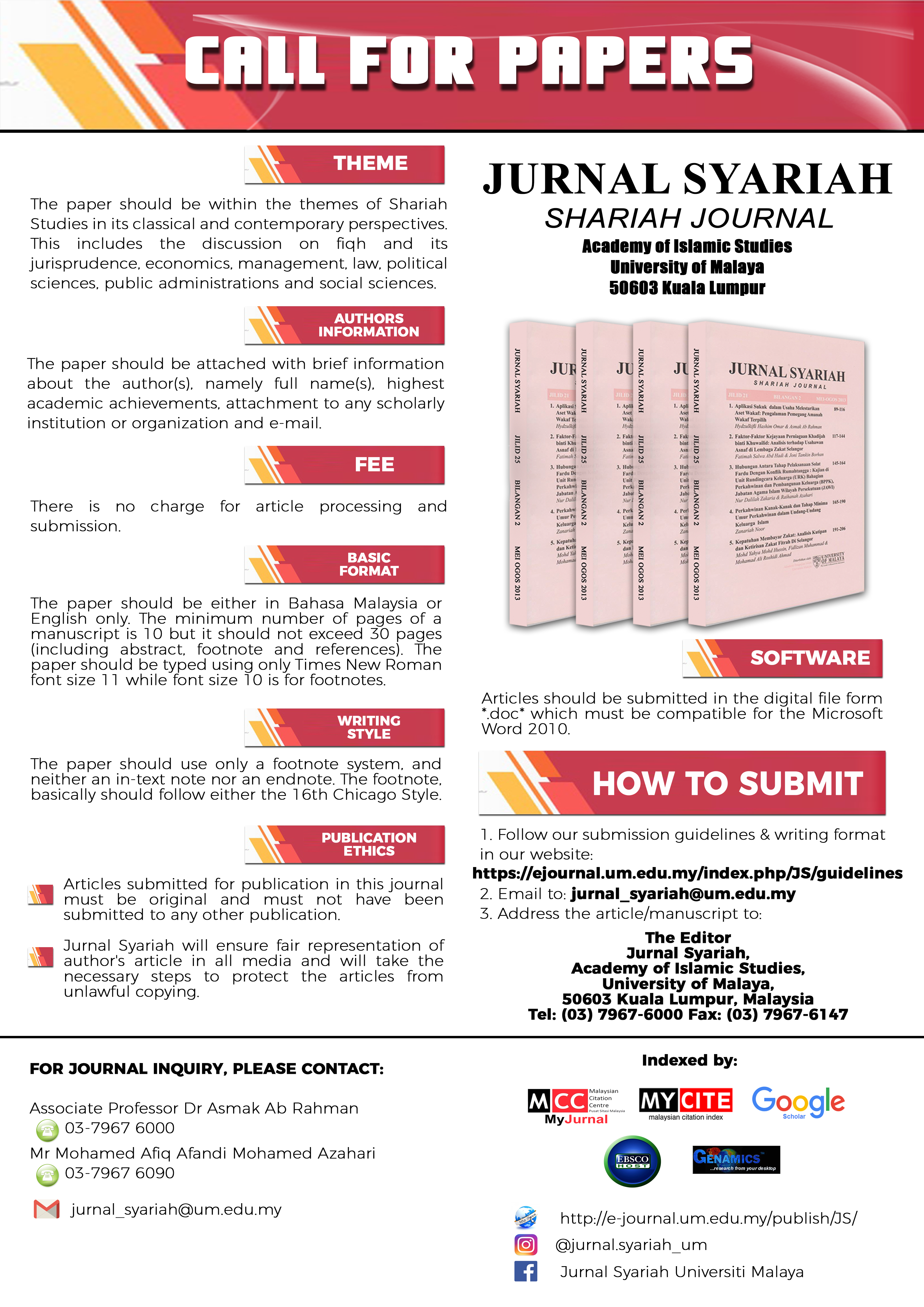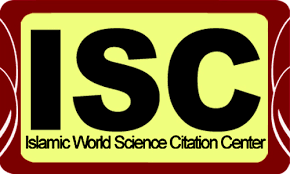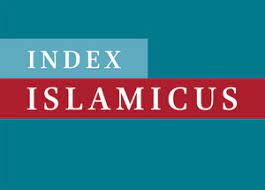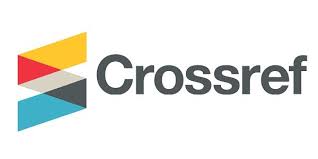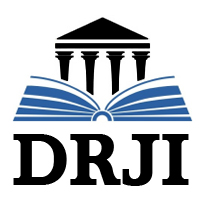PENGGUNAAN KETUM DALAM RAWATAN PENYAKIT MENURUT PERSPEKTIF HUKUM ISLAM SEMASA: ANALISIS TERHADAP PANDANGAN PAKAR
The Use of Kratom in Medicine From Islamic Perspective: Analysis on Expert Views
DOI:
https://doi.org/10.22452/syariah.vol32no3.1Keywords:
ketum, disease treatment, Islamic law, expert opinionAbstract
Ketum, or its scientific name, Mitragyna speciosa Korth. (M. speciosa Korth.), is a type of natural herb plant that grows in the north of the peninsula of the country, Malaysia, especially in Perlis and Kedah. Other countries, particularly in Southeast Asia, such as Indonesia and Thailand, are also home to this plant. Basically, ketum has been used for a long time as one of the traditional treatment sources by the local community. It is believed to be able to provide energy nutrients, help in the treatment of diabetes, diarrhea, worms, gout, high blood pressure, increase appetite and inner energy. This study was conducted to look at the benefits and harms of ketum, identify its use from the perspective of current Islamic law and evaluate the acceptance of ketum according to the views of experts representing various fields of medicine, science, pharmacy, law and syariah. This study uses a literature and field data collection methodology. Furthermore, the data that have been collected are analyzed based on inductive, deductive and comparative patterns. This study found that ketum has a high medicinal value, supported by scientific evidence. From an Islamic perspective, the origin of the use of ketum is permissible, but several current variable factors seem to have a significant impact on its prohibition. Therefore, the acceptance of the use of ketum for the treatment of diseases legally needs to go through several important phases, such as scientific evidence, legislation and control mechanisms.
Downloads
References
Adkins, J. E., Boyer, E. W., & McCurdy, C. R. (2011). Mitragyna speciosa, a psychoactive tree from Southeast Asia with opioid activity. Current topics in medicinal chemistry, 11(9), 1165–1175. https://doi.org/10.2174/156802611795371305
Anselm Strauss. (1987). Qualitative Analysis for Social Scientist. Cambridge: Cambridge University Press.
Chee Beng Jin. (2017). Pokok Ketum Manfaat atau Mudarat?. Dewan Kosmik.
Fang, G., Hai, P. G., Qi, T. X., & Wen, Y. K. (2012). Genus Mitragyna: Ethnomedicinal Uses and Pharmacological Studies. Phytopharmacology, 3(2), 263-272.
Galbis-Reig D. (2016). A Case Report of Kratom Addiction and Withdrawal. WMJ : official publication of the State Medical Society of Wisconsin, 115(1), 49–53.
Hassan Z, Singh D, Suhaimi FW, Chear NJ, Harun N, See CP, Kaur G, Mat NH, Bakar SNS, Yusof NSM, Kasinather VB, Chawarski MC, Murugaiyah V, Ramanathan S. (2023). Evaluation of toxicity profile of kratom (Mitragyna speciosa Korth) decoction in rats. Regul Toxicol Pharmacol. 2023 Sep;143:105466. doi: 10.1016/j.yrtph.2023.105466. Epub 2023 Aug 1. PMID: 37536550.
Ibn Qayyīm al-Jauzīyyah. (2004). Ṭib al-Nabawi. Kāherah: Dār al-Fajar lī al-Turath.
Idris Awang. (2009). Penyelidikan Ilmiah Amalan Dalam Pengajian Islam. Selangor: Sri Elila Resources.
Ismail Izdihar et al. (2015). Documentation of medicinal plants traditionally used by the Jakun people of Endau- Rompin (PETA) for treatments of malaria-like Symptoms. Jurnal Teknologi 77(31), 65.
Jabatan Penerangan Malaysia. (2022). Flora dan Fauna. https://www.malaysia.gov.my/portal/content/143?language=my
Jabatan Standard Malaysia. (2012). Halal Pharmaceuticals- General Guidelines 2012. Kementerian Perdagangan Antarabangsa & Industri (MITI). https://www.jsm.gov.my/ms-2424-2012-halal-pharmaceuticals-general-guidelines
Kementerian Kesihatan Malaysia. (2021). Akta Racun 1952 dan Peraturan-peraturannya. Program Perkhidmatan Farmasi. https://www.pharmacy.gov.my/v2/ms/dokumen/akta-racun-1952-peraturan-peraturannya.html.
Kementerian Kesihatan Malaysia. (2022). Penyalahgunaan Daun Ketum. MyHealth. http://www.myhealth.gov.my/penyalahgunaan-daun-ketum/
Kruegel, A. C., & Grundmann, O. (2018). The medicinal chemistry and neuropharmacology of kratom: A preliminary discussion of a promising medicinal plant and analysis of its potential for abuse. Neuropharmacology, 134(Pt A), 108–120. https://doi.org/10.1016/j.neuropharm.2017.08.026
Lou Safi. (1998). Asas-asas Ilmu Pengetahuan: Satu Kajian Perbandingan Keadah-Kaedah Penyelidikan Islam dan Barat. Kuala Lumpur: The International Institute of Islamic Thought.
Mohd Izhar Ariff Mohd Kashim, Diani Mardiana Mat Zin, MohdNasran Mohamad, Mohammad Zaini Yahaya, Nurul Ilyana Muhd Adnan and EzadAzraai Jamsari, The Legality of Using Ketum Leaves According to Shariah Perspective,International Journal of Civil Engineering and Technology, 10(02), 2019, pp. 2270–2279
Nasution, B. R., T.Alief, A., & Suci Rahayu. (2018). Medicinal Plants Used in The Treatment of Diabetes in Karo Ethnic, North Sumatra, Indonesia. In IOP Conference Series: Earth and Environmental Science 130(1), 9. http://dx.doi.org/10.1088/1755-1315/130/1/012038
Noor Azniza Ishak, Jamaludin Mustafa, Kamal Ab Hamid & Siti Rozaina Kamsani (2022). Ketum Dari Perspektif Psikososial Manfaat atau Mudarat. Sintok: UUM Press.
Othman Talib. (2013). Asas Penulisan Tesis, Penyelidikan dan Statistik. Serdang: Universiti Putra Malaysia.
Roslinda Hashim. (2016, Ogos 1). Ketum Diharamkan Sejak 2014. Sinar Harian http://www.sinarharian.com.my
Sabitha Marican. (2005). Kaedah Penyelidikan Sains Sosial. Selangor: Prentice Hall.
Saipolbarin Ramli & Fikri Husin, (2015). Kajian Sejarah Terhadap Tumbuh-Tumbuhan Dalam Al- Qur’an Al-Karim: Satu Tinjauan. Journal of Al-Tamaddun 10 (2), 22.
Salmah Omar et.al. (2007). Penggunaan Tumbuh-Tumbuhan dalam Perubatan Tradisional Masyarakat Siam di Negeri Kedah. Persidangan Antarabangsa Sains Sosial dan Kemanusiaan (PASAK 2).
Samihah Khalil @ Halim, Siti Alida John Abdullah & Rusniah Ahmad (2018). Tumbuhan Ketum di Malaysia: Cabarn dan Prospek. Sintok: UUM Press.
Sayamol Charoenratana, Cholnapa Anukul, Apinun Aramrattana. (2021). Attitude Towards Kratom Use, Decriminalization and The Development of a Community-Based Kratom Control Mechanism in Southern Thailand. International Journal of Drug Policy, 95, 1-11.
Sharifah Nurfadhlin Afifah Syed Azhar, Siti Efliza Ashari, Jen Kit Tan, Nur Kartinee Kassim, Masriana Hassan, Norhazlin Zainuddin, Rosfarizan Mohamad, Intan Diana Mat Azmi. (2023). Screening and selection of formulation components of nanostructured lipid carriers system for Mitragyna Speciosa (Korth). Havil drug delivery, Industrial Crops and Products, Volume 198, 2023. https://doi.org/10.1016/j.indcrop.2023.116668.
Singh, D., Narayanan, S., Vicknasingam, B., Corazza, O., Santacroce, R., & Roman-Urrestarazu, A. (2017). Changing trends in the use of kratom (Mitragyna speciosa) in Southeast Asia. Human psychopharmacology, 32(3), 10.1002/hup.2582. https://doi.org/10.1002/hup.2582
Singh, D., Ph.D, Narayanan, S., Ph.D, Müller, C. P., Ph.D, Vicknasingam, B., Ph.D, Yücel, M., Ph.D, Ho, E., Ph.D, Hassan, Z., Ph.D, & Mansor, S. M., Ph.D (2019). Long-Term Cognitive Effects of Kratom (Mitragyna speciosa Korth.) Use. Journal of psychoactive drugs, 51(1), 19–27. https://doi.org/10.1080/02791072.2018.1555345
Suyūṭī. (1998). Al-Ashbāh wa al-Naẓāir fī Qawā’id Fiqh al-Syāfi’iyyah. Beirut: Dār al-Kutub al-‘Ilmiyyah.
Veltri, C., & Grundmann, O. (2019). Current perspectives on the impact of Kratom use. Substance abuse and rehabilitation, 10, 23–31. https://doi.org/10.2147/SAR.S164261
Vivien Yew et al. (2018). Tahap Pengetahuan Dan Kaedah Rawatan Bagi Penyakit Tidak Berjangkit Di Kampung Orang Asli Chuweh 2, Lembah Belum, Perak, Lembah Belum, Perak. e-Bangi 12 (3), 15.
Warner, M. L., Kaufman, N. C., & Grundmann, O. (2016). The pharmacology and toxicology of kratom: from traditional herb to drug of abuse. International journal of legal medicine, 130(1), 127–138. https://doi.org/10.1007/s00414-015-1279-y
Zarqa. (1989). Syarh al-Qawā’id al-Fiqhiyyah. Beirut: Dār al-Kutub al-‘Ilmiyyah.
Downloads
Published
How to Cite
Issue
Section
License
Copyright (c) 2025 Jurnal Syariah

This work is licensed under a Creative Commons Attribution-NonCommercial 4.0 International License.
COPYRIGHT: All rights reserved. Not allowed to be reproduced any part of articles and contents of this journal in any form or by any way, whether electronic, mechanical, photocopying, recording or otherwise without permission in writing from the Chief Editor, Jurnal Syariah.

